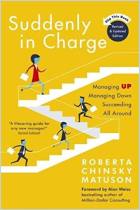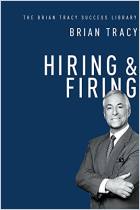Rejoignez getAbstract pour lire le résumé !

Rejoignez getAbstract pour lire le résumé !
Roberta Chinsky Matuson
Talent Magnetism
How to Build a Workplace That Attracts and Keeps the Best
Nicholas Brealey Publishing, 2013
Aperçu
Your company can thrive if you learn to attract the best talent.
Recommendation
Each company has an “employment brand” – the way prospective candidates, employees and former employees perceive it. More than ever, companies must attend to that brand by building a culture that attracts top talent. The employment market is changing. Baby boomers are aging out of the workforce. Today’s employees – especially millennials – expect a far different environment, one that gives them autonomy, work-life balance and, most important, meaningful tasks. At the same time, the economic recovery is giving job seekers more choices. Business and leadership consultant Roberta Chinsky Matuson outlines practical ways for companies to build and leverage a strong employment brand to attract top talent. getAbstract recommends her strategies to hiring managers and executives who want to build a competitive edge by moving from recruiting workers and toward attracting talent.
Summary
About the Author
Roberta Chinsky Matuson, president of Matuson Consulting and author of Suddenly in Charge, blogs for Fast Company and Forbes.com.





















Comment on this summary